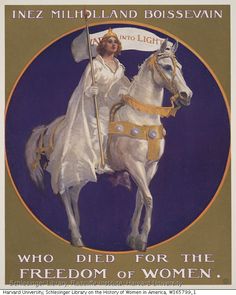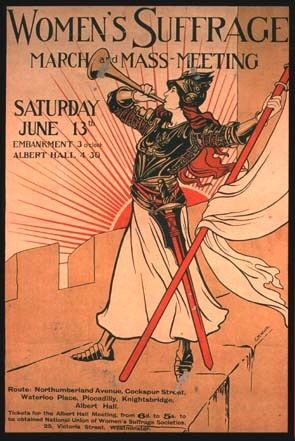We take for granted rights and privileges that our own mothers would have been denied—like the Right to Buy a House!
Did you know…
That the first legislation that guaranteed single, divorced and widowed women the right to buy land was the Homestead Act of 1862? The Act granted unmarried women the right to buy public domain land from the U.S. Government and was signed by Abraham Lincoln after Succession. In most states, however, union and confederate, married women were still thought of as wards of their husbands.
During the first decades of U. S. self-government, married women could not own property, earn wages, get trade licenses or sign contracts. Then, in Mississippi, the first of many Married Women’s Property Acts was passed in 1839, enabling married women to own, though not manage or sell, real property. One by one, over the next half century, states eventually granted “separate economy,” the right to acquire trade licenses and the right control their own income to married women, but South Caroline did not grant “separate economy” rights to married women until 1895.(1)
Not until the Fair Housing Act of 1968 and the Equal Credit Opportunity Act of 1974 could most women get approved for a mortgage without a father or husband willing to co-sign the loan. (2)
A few years ago, I walked into my bank, presented my financial information and was pre-approved for a mortgage—no co-signer required. I take for granted rights and privileges that my own mother would have been denied.
Did You Know…
 In 1913, the day before Woodrow Wilson’s Inauguration, seven years before the men in this country would grant women the right to vote, labor lawyer Inez Milholland, mounted on horseback, led the first march on Washington for Women’s Suffrage? The march, more of a procession than a protest, featured nine bands, 26 floats and 8000 marchers. Along the route, gangs of men attempted to interfere with the march, jeering and physically blocking the women from reaching their destination. Police stood idle or, in some cases, joined in as 200 people were injured. The violence threatened to shut down the march until a group of boys from the Maryland Agriculture College formed a protective barrier around the women, allowing them to finish their procession. As a result of police negligence and interference with the march, the police chief was fired soon after.
In 1913, the day before Woodrow Wilson’s Inauguration, seven years before the men in this country would grant women the right to vote, labor lawyer Inez Milholland, mounted on horseback, led the first march on Washington for Women’s Suffrage? The march, more of a procession than a protest, featured nine bands, 26 floats and 8000 marchers. Along the route, gangs of men attempted to interfere with the march, jeering and physically blocking the women from reaching their destination. Police stood idle or, in some cases, joined in as 200 people were injured. The violence threatened to shut down the march until a group of boys from the Maryland Agriculture College formed a protective barrier around the women, allowing them to finish their procession. As a result of police negligence and interference with the march, the police chief was fired soon after.
Ninety-four years later, in January, 2007, Cathy Lanier became the first woman police chief in the District of Columbia.
“The abolition and suffrage movements progressed when united and were damaged by division; we should remember that.”
–Gloria Steinem
Read more at: https://www.brainyquote.com/quotes/quotes/g/gloriastei690704.html?src=t_suffrage
Sources:
- National Women’s History Project
http://www.nwhp.org/womens-history-month/2017-honoree-nominations - MS Magazine: http://msmagazine.com/blog/2013/05/28/10-things-that-american-women-could-not-do-before-the-1970s/
